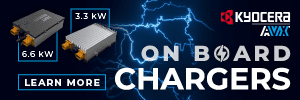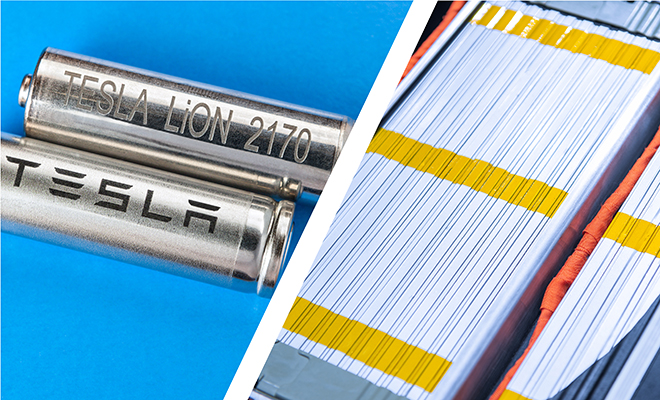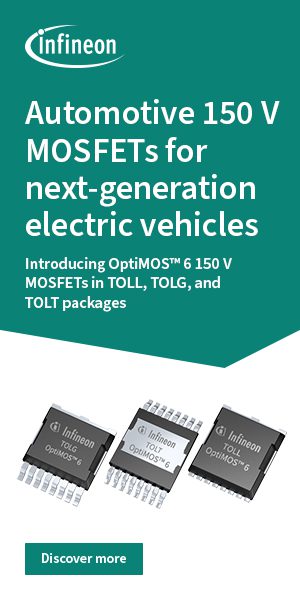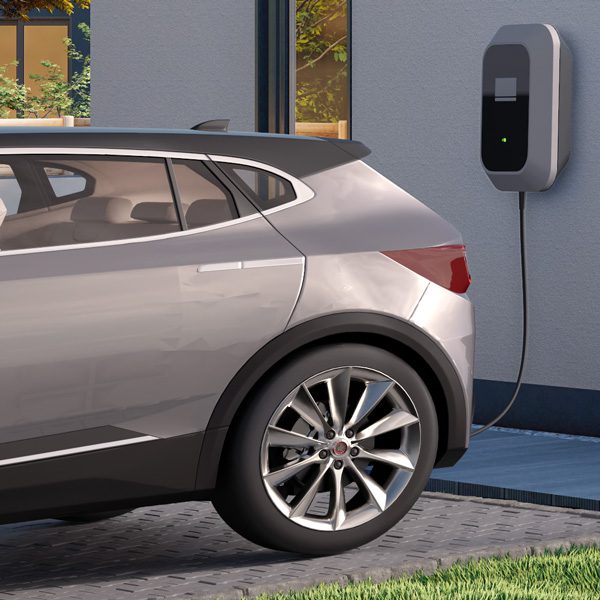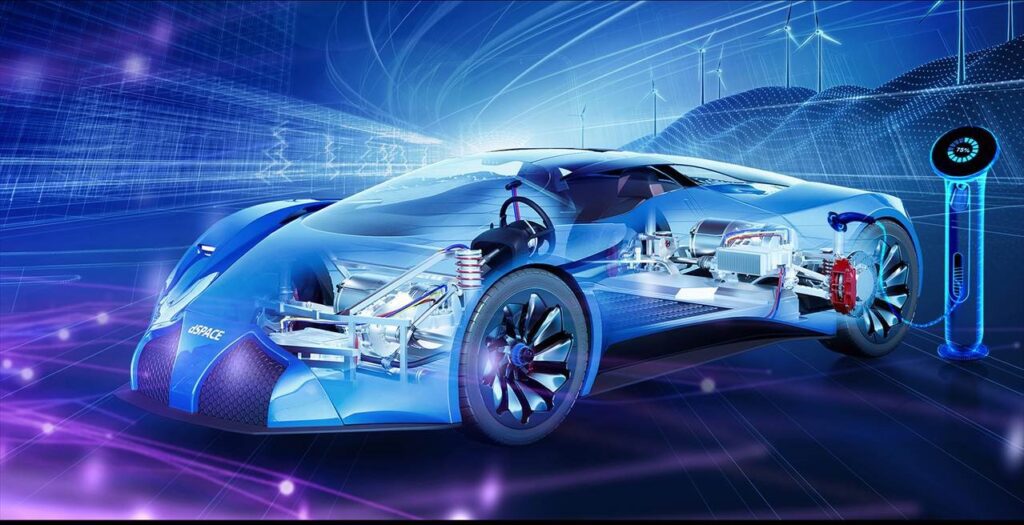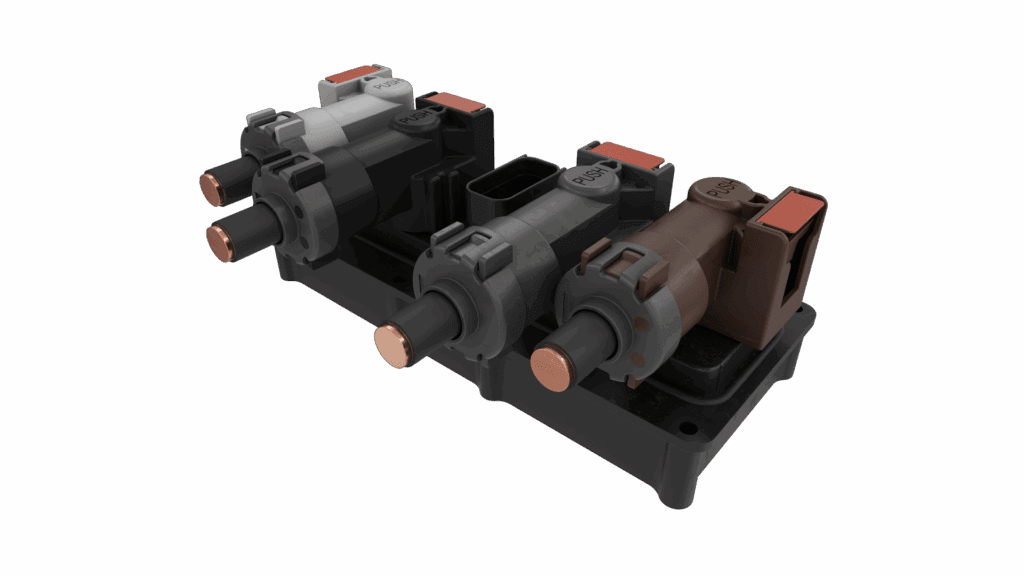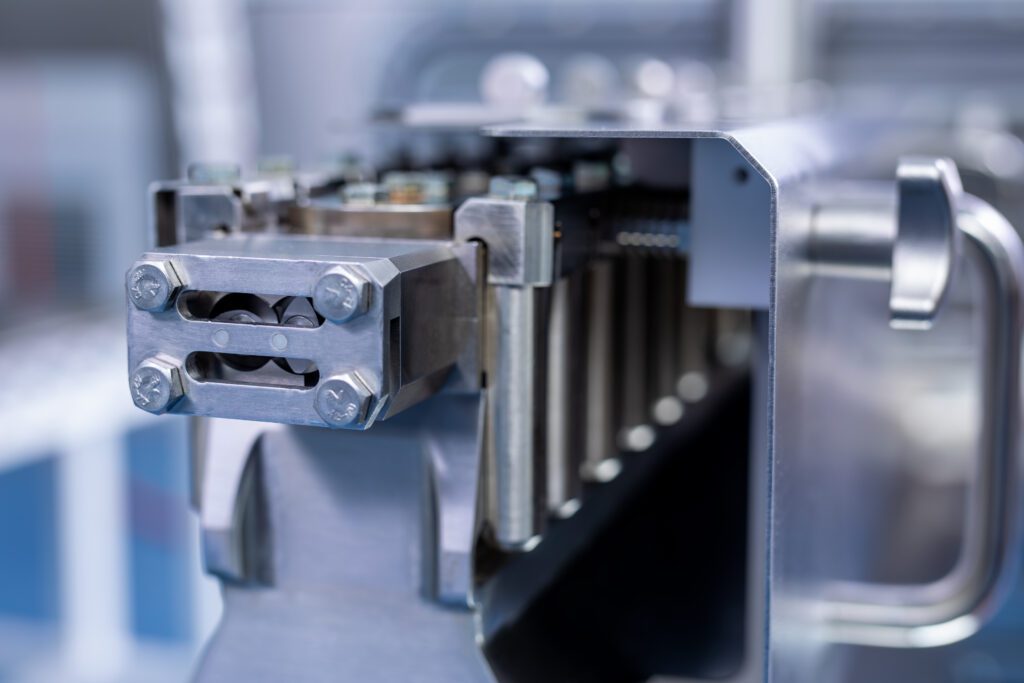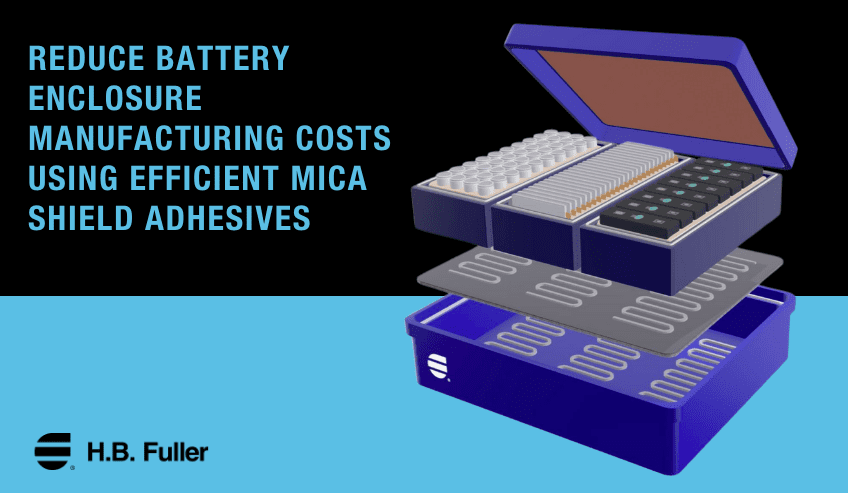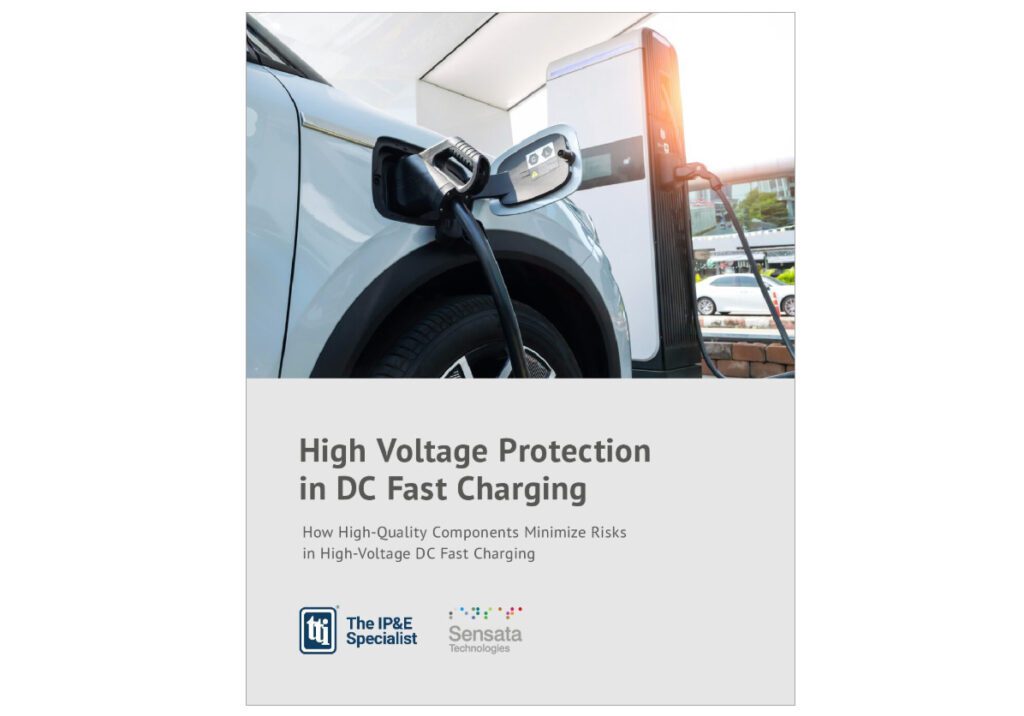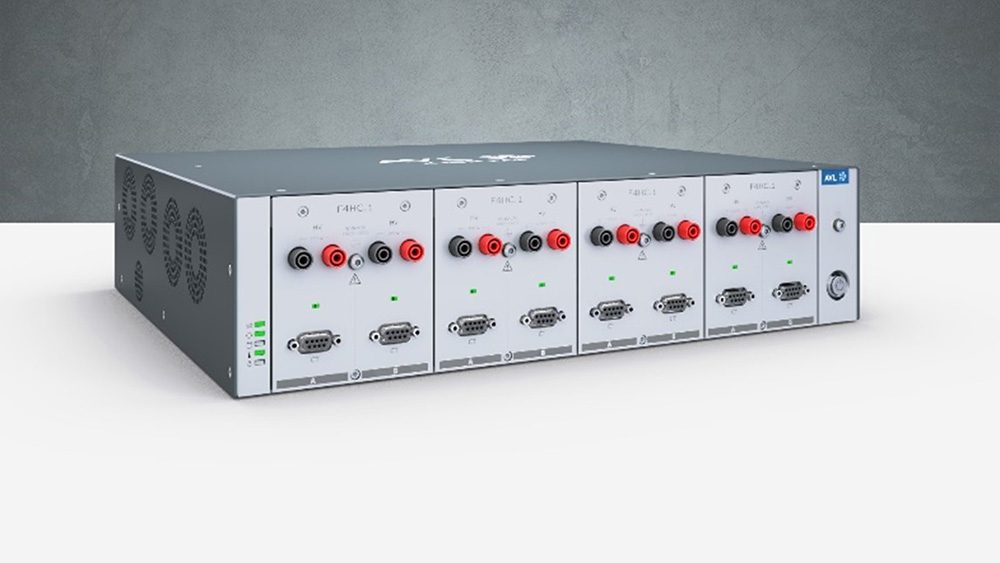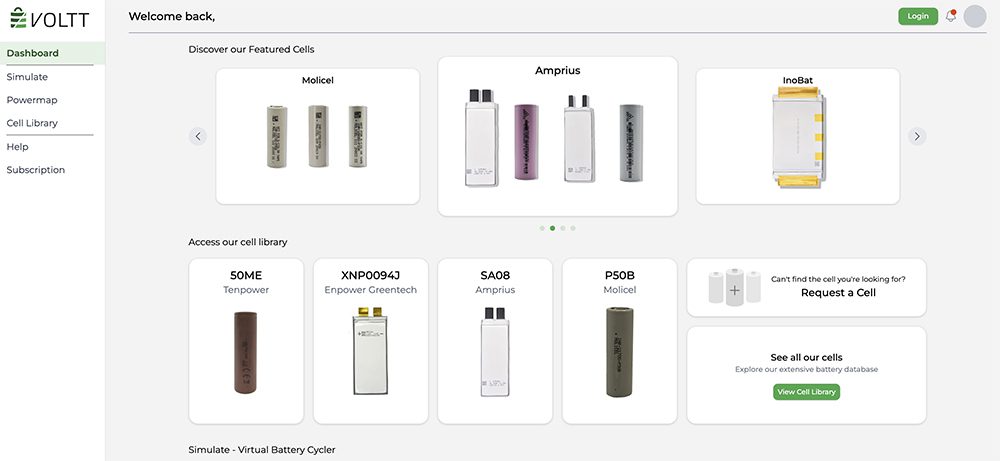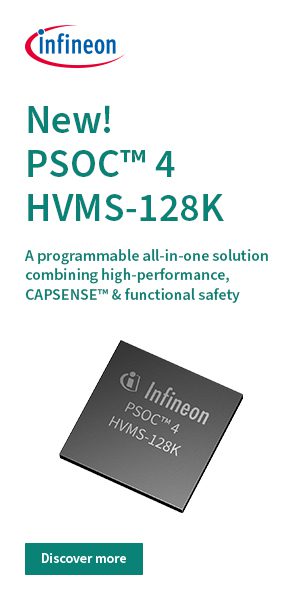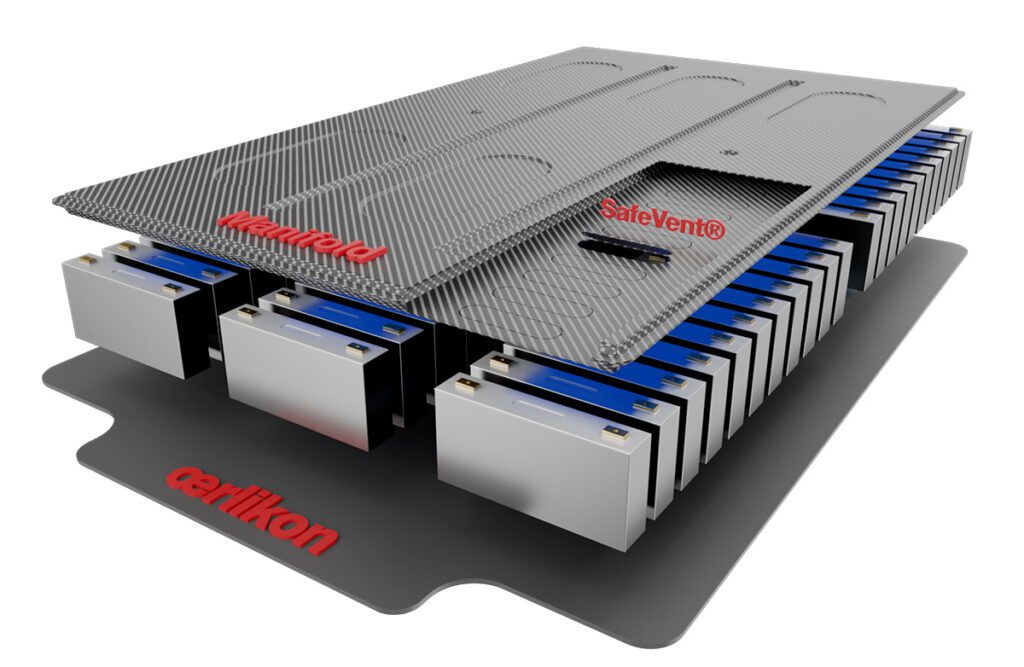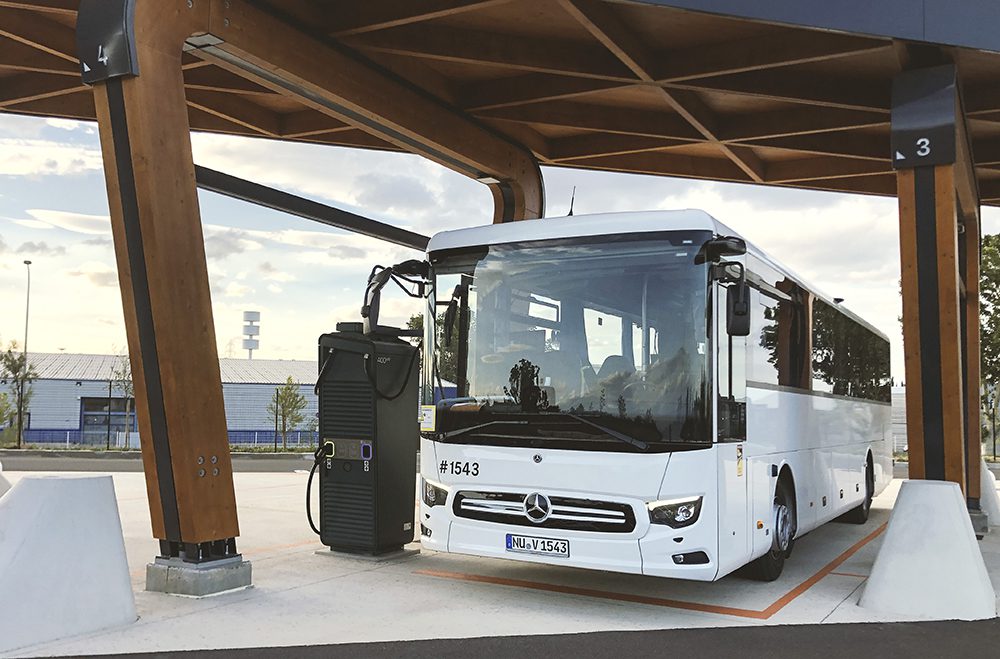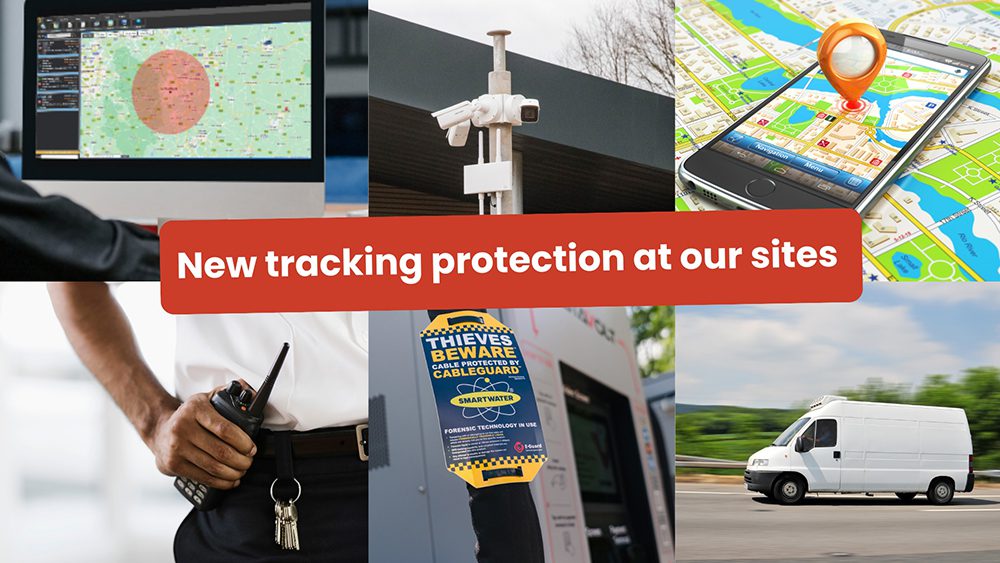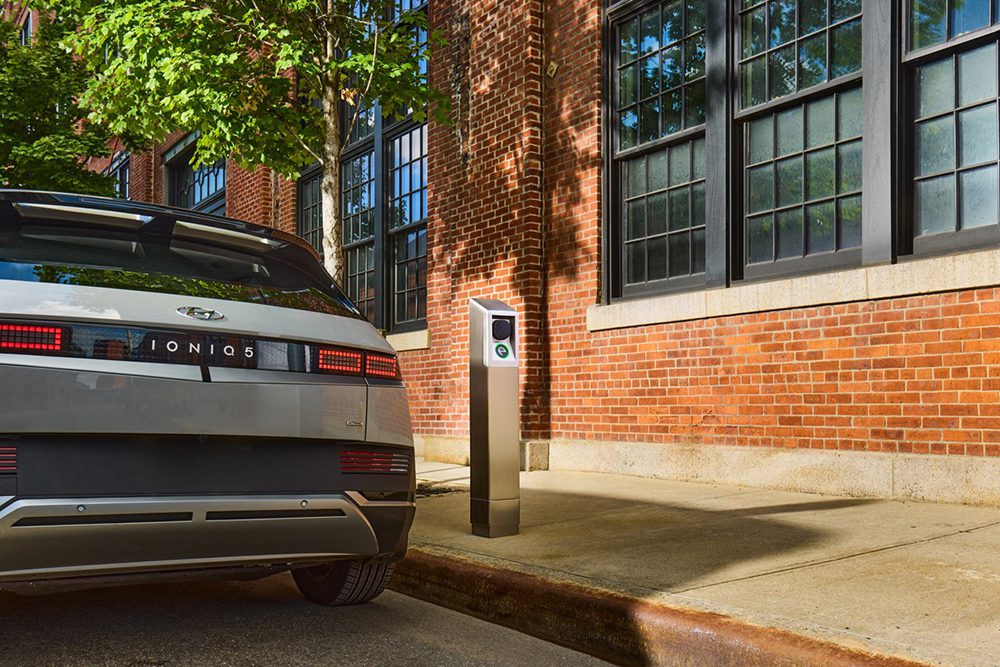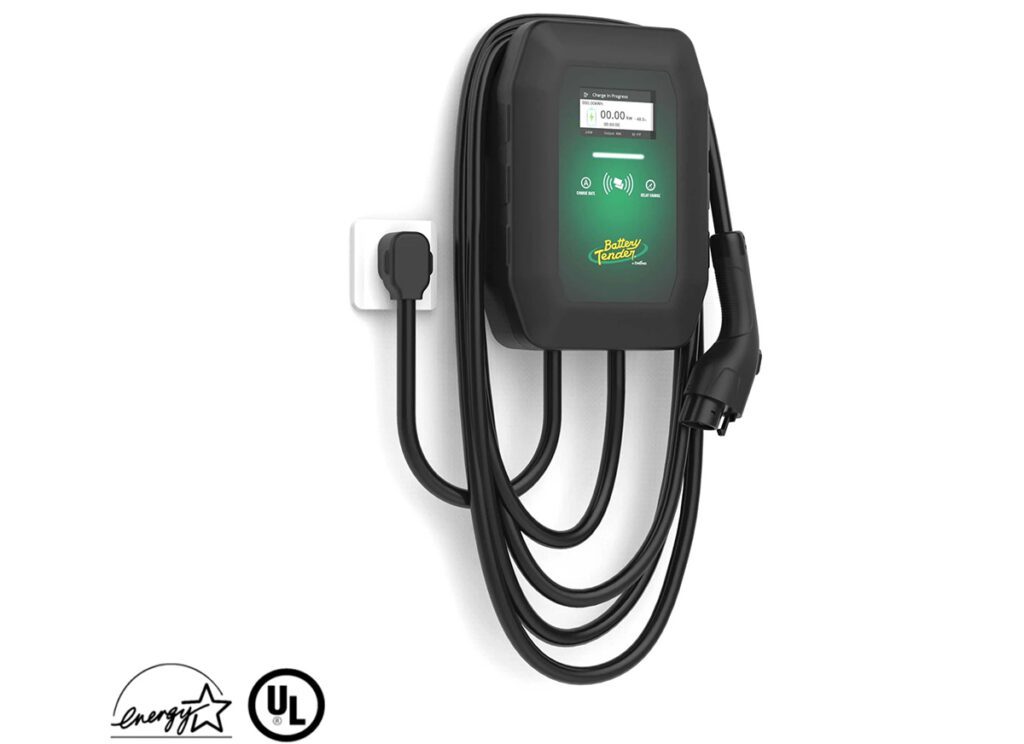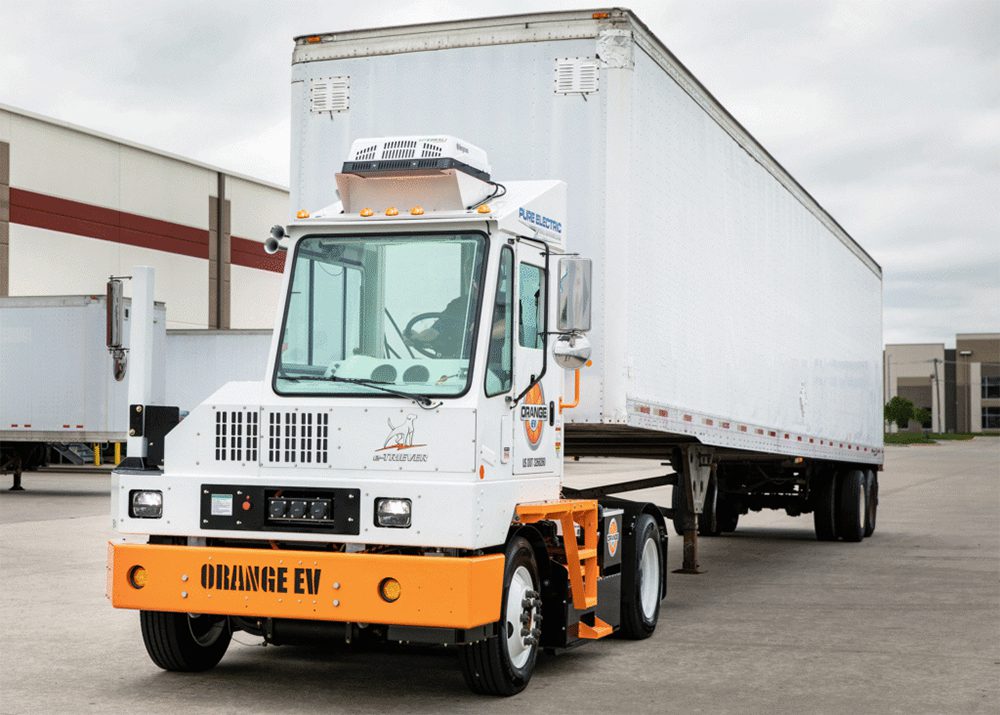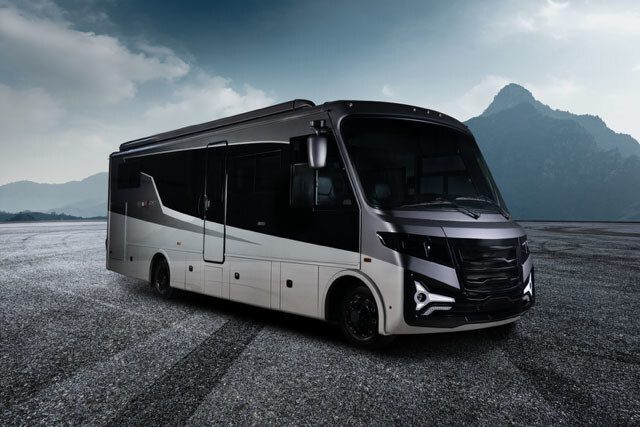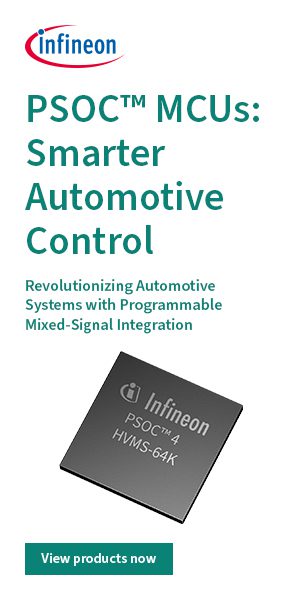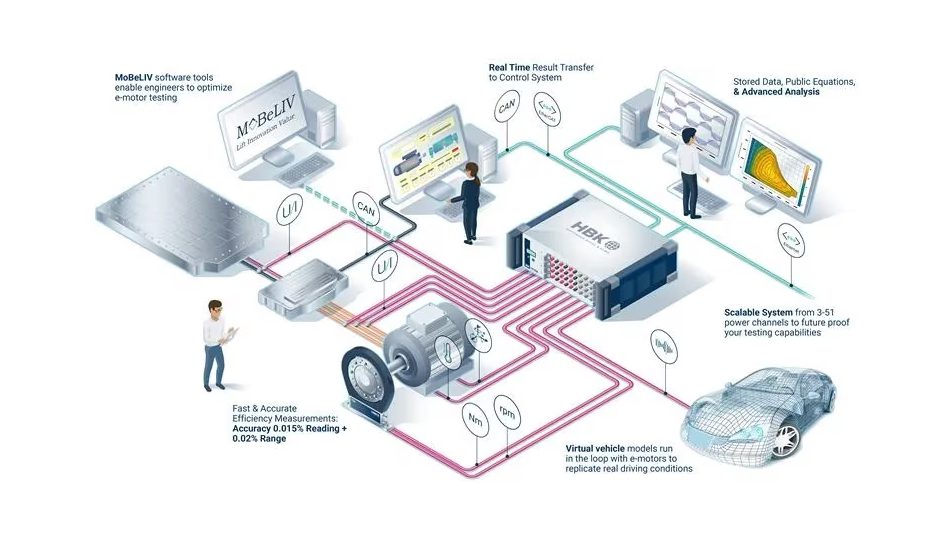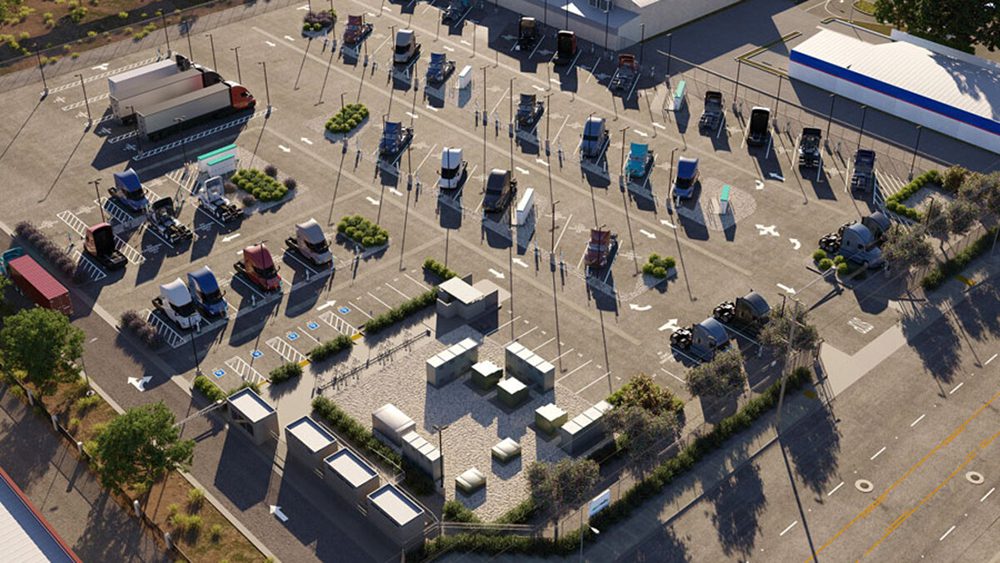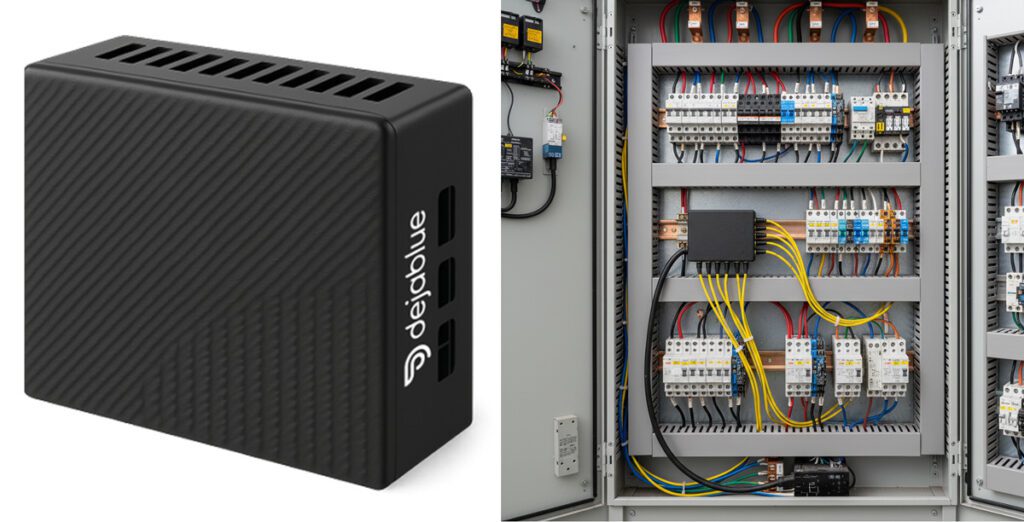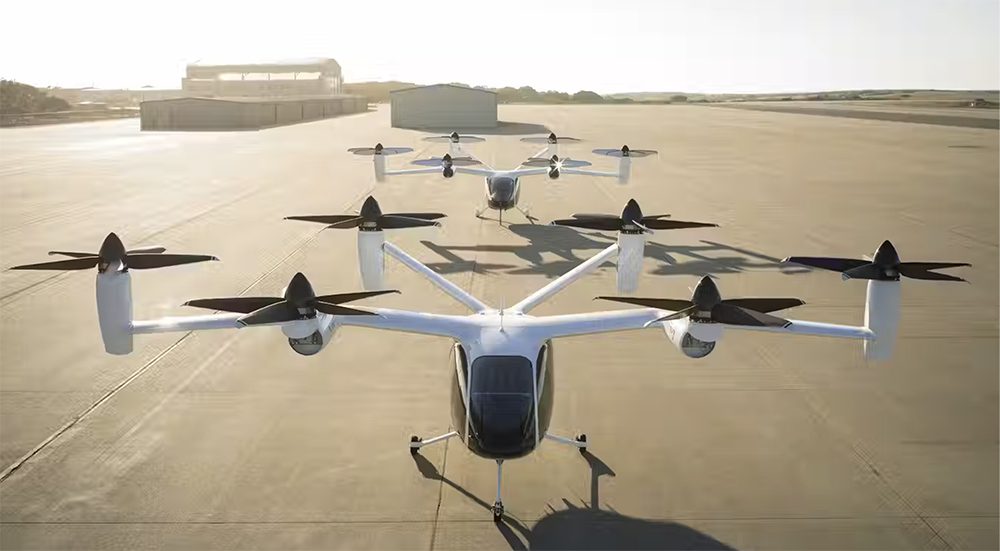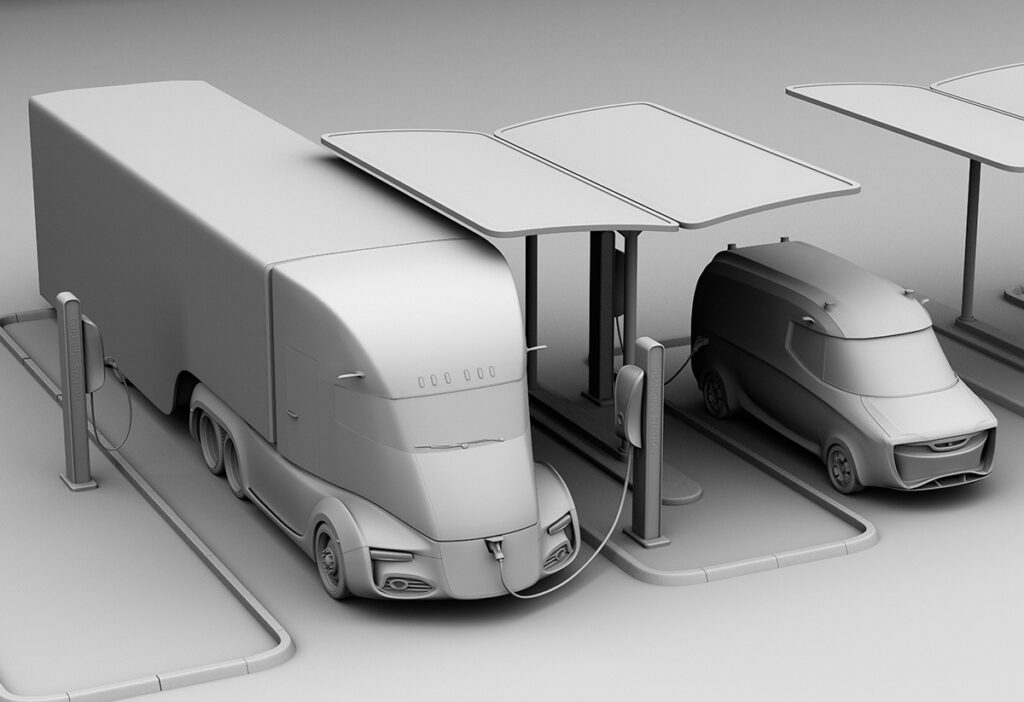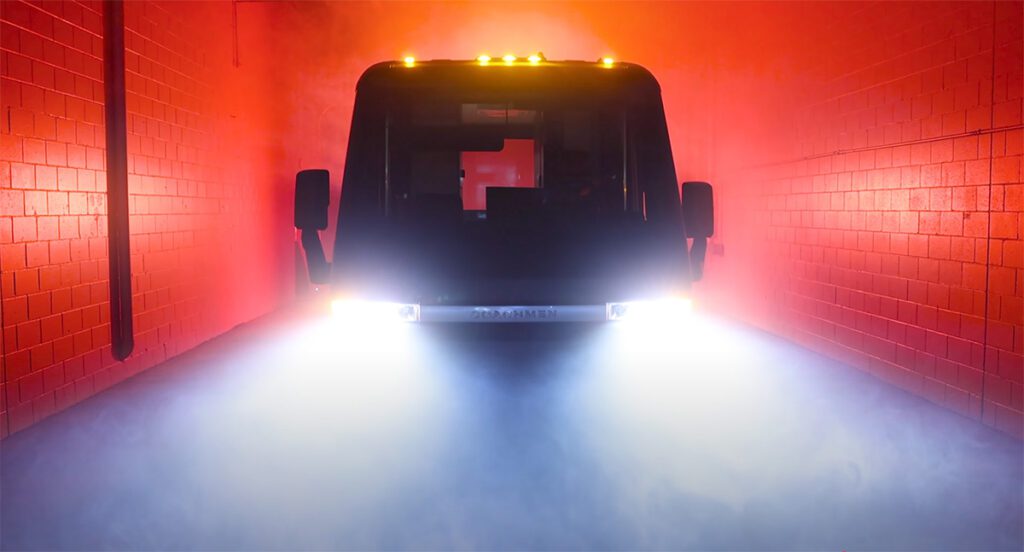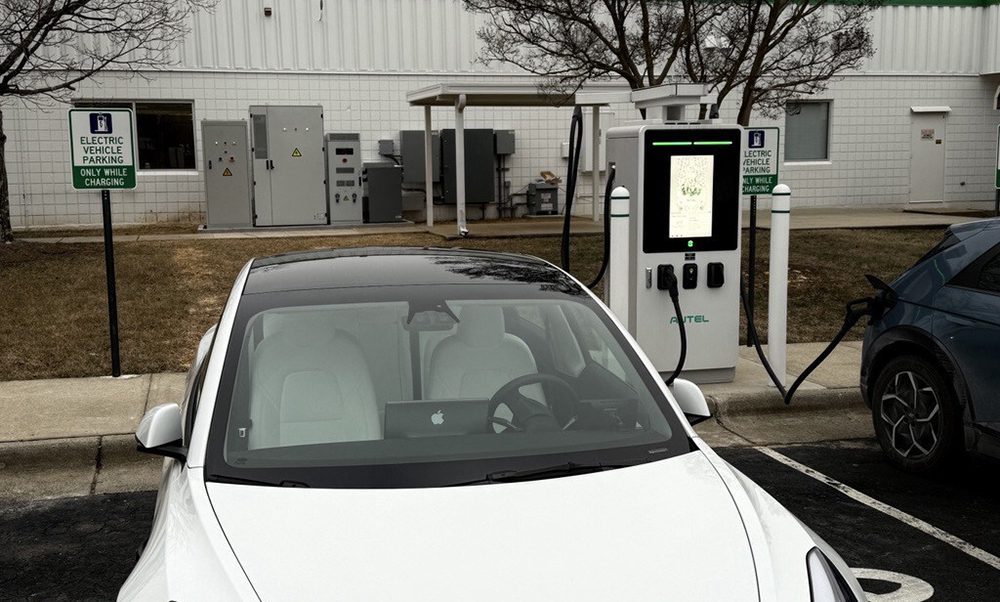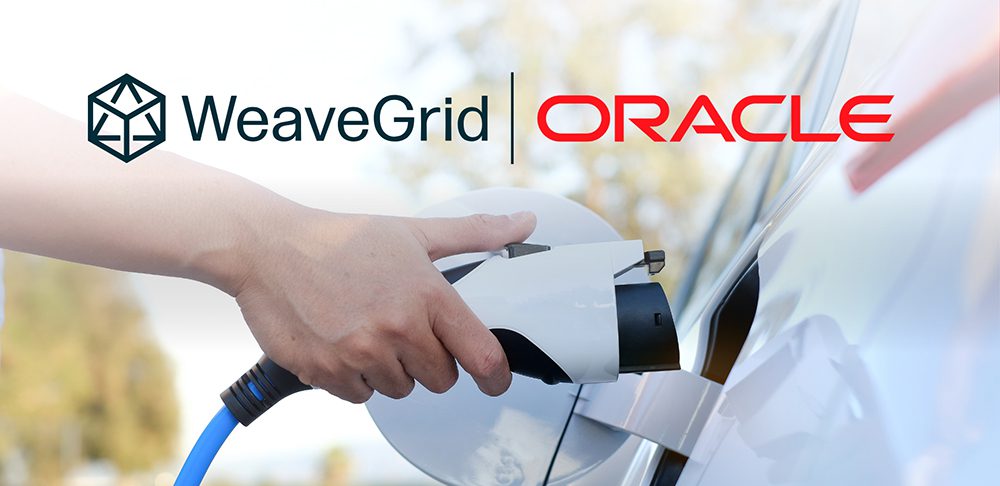For most car buyers, their technical automotive knowledge amounts to this: they know a car has an engine (or motor), and they want the biggest, most powerful one they can afford. Early-adopting EV buyers seem likely to be a little more knowledgeable, and Tesla is taking the unprecedented step of giving buyers a choice between two alternative battery chemistries.
Tesla has reportedly been contacting Model 3 reservation holders in the US, and offering the option of choosing Lithium Iron Phosphate (LFP) battery cells instead of the usual Nickel Cobalt Aluminum Oxide (NCA) cells.
As InsideEVs’ Steven Loveday notes, many readers in our corner of the media world are equipped to have a lively conversation about the pros and cons of LFP versus NCA chemistries, but we shan’t go down that rabbit hole here. A 10-minute video from Cleanerwatt explains some of the technical issues.
The trade-off being offered to Tesla buyers is a bit less range in exchange for faster delivery. Tesla told its reservation holders that an LFP-equipped Model 3 would have about 10 fewer miles of EPA-estimated range, but could be delivered much sooner.
LFP cells tend to be cheaper, and contain no nickel or cobalt, but their energy density is lower. Conventional wisdom is that this trade-off makes LFP less suitable for high-end EVs, which need to deliver performance and range, but a good choice for lower-priced models.
LFP-based batteries have been the norm in the Chinese EV industry for years. Tesla began using LFP batteries at the Shanghai Gigafactory in 2020, and is now exporting made-in-China Model 3s with LFP cells to Europe.
I have a Model 3 on order and just got this about 10 minutes ago.
— 🔋 The Limiting Factor 🔋 (@LimitingThe) August 26, 2021
Is this confirmation that the Asia/Europe LFP Model 3 is coming to North America? pic.twitter.com/NBhoffoXcI
The confluence of several factors—improved technology, production bottlenecks, expansion of the EV market to mid-price buyers—may soon bring more LFP batteries to the North American market. Last year, Elon Musk said that the energy density of LFP cells has improved enough that it now makes sense to use them in Tesla’s lower-priced models. Bloomberg reports that VW, Ford and Stellantis have all announced that they will use LFP in low-cost, low-range EVs in the future.
There’s another issue with LFP—all the major producers of the material are in China. Because of the details of a licensing agreement, Chinese cathode producers have been able to produce LFP cheaply, while global companies have faced higher costs. However, this situation may change soon—as Bloomberg reports, the last of the three worldwide patents that control LFP production outside of China are due to expire in 2022.






